Flashbacks are powerful literary devices whereby the narrative jumps back in time to look at an event that has happened in the past. They're a common way to reveal crucial backstory, context, and character insights — like when Dumbledore uses the Pensieve to show Harry key moments from Voldemort's past, ultimately leading Harry to understand how to defeat the Dark Lord once and for all.
In this article, we’ll show you effective strategies for writing flashbacks that feel natural and purposeful. Along the way, we’ll explore some notable examples in literature to see how bestselling authors make flashbacks work — and how you can do it, too.
Always ask a question or reveal an answer
Flashbacks get a bad rap — and often for good reason. TV fans often think of the later seasons of Lost, which would drag episodes down with scenes in the past that answered pointless questions like, how did the doctor get that cool tattoo?
It’s important to make sure that every flashback you write serves a clear purpose — whether that's revealing essential answers or raising thought-provoking questions. Let’s take a closer look at how these work in action with some acclaimed examples.
Show your reader the truth of the matter
By dipping into a character’s past, flashbacks can reveal backstory or exposition to reveal an answer that your reader might be dying to know. For example, if your hero has a mysterious fear of water, you might deploy a flashback near the climax of your story that shows how they almost drowned as a child — providing an insightful answer as to why your character has always behaved this way.
This flashback technique can be seen in Paula Hawkins’s bestseller, The Girl On The Train, where we follow our unreliable narrator, Rachel, an alcoholic who becomes obsessed with a missing woman she used to watch from her daily train ride. Haunted by Megan’s disappearance, Rachel searches her fractured memory to uncover the truth of that fateful night and to expose the culprit behind it.
Hawkins masterfully builds tension by revisiting one pivotal, yet incomplete, flashback many times, only revealing its completed form at the climax — proving Rachel’s innocence and resolving the mystery. The reader is left to grapple with remorse for doubting her, showing the power of a well-placed flashback that answers long-held questions.
Or open a new door with a fresh mystery
Just as flashbacks can provide resolution, they can also create intrigue by introducing new questions. By selectively revealing past events, writers can spark curiosity about a character's true motivations, unresolved conflicts, or what has changed in the intervening time. Modern readers instinctively understand the principle of Chekhov’s gun — so when they see you introducing details in a flashback, they’ll know that it’s going to pay off later in the story.
In the dystopian narrative of Margaret Atwood’s acclaimed novel The Handmaid’s Tale, flashbacks are a powerful tool that ask the reader to consider how the totalitarian regime of Gilead came to power. Our protagonist, Offred, tells the story of how she was forced to serve as a ‘handmaid’ for a high-ranking member of the regime. Often, her narration flashes back to memories of her old life — smoking in her college dorm and lying in bed with her husband. These glimpses of normalcy reveal that the oppressive world of this book is actually quite new — which then begs the question: How has a world so similar to our own so quickly been corrupted?
Flashbacks like these have the power to completely reframe a story. When you slowly build up a sequence of flashbacks that drip-feed new questions about the main narrative and build suspense, it’ll keep your readers engaged and turning pages.
Keep flashbacks short to maintain your story's pace
A well-placed flashback can enrich a story, but too many — or a lengthy one at the wrong moment — can turn your exciting narrative into a drunk uncle's plodding version of an old family story. If your protagonist is mid-fight and about to take a critical hit, a lengthy flashback to a memory of their first day at school could instantly dissipate your story’s tension. However, a short, well-placed flashback can deepen the emotional weight of a moment without completely stalling the story.
Markus Zusak’s The Book Thief is a nonlinear novel narrated by Death (yes, Death is a character in this one!), who often uses flashbacks to respond to a present moment or foreshadow what’s to come. The story follows Leisel, a young girl adopted by Hans and Rosa Hubermann, a couple living in Nazi Germany. As war tears through Germany, Liesel finds comfort in stealing books and sharing stories with Max, a Jewish man that the Hubermanns are hiding in their basement at great personal risk.
When the Hubermans’ son returns home and is introduced as a devoted Nazi — Death flashes back to an image of Hans senior painting over anti-Semitic slurs on Jewish houses. This powerful moment only lasts for a short paragraph yet it instantly summarizes the moral divide between father and son without minimizing the growing tension between them in the present.
Rather than describe the morals of each character with long-winded commentary, this flashback uses a shorter snippet of a past event to “show, don’t tell”. Interspersing scenes with contextual vignettes can give you the depth you’re looking for without ruining your pacing.
Now that we’ve seen what flashbacks can be used for and where they can appear in your narrative, let’s look at how you can incorporate them into a story.
Use logical and satisfying transitions
If it isn’t clear where your flashback begins and ends, you run the risk of disorientating your reader. Also, if the reader doesn’t know why you’re flashing back at this precise moment, they may also be shaken out of the narrative. So, to make it clearer for your reader, you might use one of the following techniques to ease them in:
Use formatting cues
Arguably, the clearest way to define a flashback is to take advantage of formatting cues. This can take shape in many different ways — you might choose to use italics, bold text, asterisks before and after a flashback, or simply include a line break.
In that earlier passage from The Book Thief, Zusak presents the entire flashback in bold text with a title to indicate that this is clearly a flashback. When the font resumes its regular style, the reader knows that we’re returning to the narrative at hand. Zusak uses this bold technique throughout — mostly to add in omniscient sidenotes or include snapshots of scenes that are relevant to the scene at hand.
Include time markers
If you want to tee up a scene that takes place four years prior to the main narrative, you can always start it by writing, “Four years earlier…” As transitions go, this is slightly more on the nose, but it gets straight to the point and instantly orients the reader.
Gillian Flynn’s twisted psychological thriller Gone Girl follows the alternating perspectives of Nick — a man implicated in the disappearance of his wife Amy — and Amy herself, who leaves behind a series of telling diary entries. The novel jumps around in time, clearly signaling each shift with dates above Amy’s diary entries and slugs such as “5 days gone” above Nick’s to anchor each chapter in relation to Amy’s disappearance. These time markers immediately orient the reader as each chapter begins.
Although we’ve outlined some of the more visually noticeable techniques, there are other more subtle techniques that authors commonly use to transition into flashbacks.
Employ sensory tags or triggers
Have you ever heard a piece of music that unlocked a long-forgotten childhood memory? In much the same way, your character might be transported back in time by something sensory or tangible in a particular scene: for example, a familiar smell, room, or piece of jewelry.
This idea of involuntary memory is often known as the “Proustian effect” — inspired a moment near the start of Marcel Proust’s In Search of Lost Time saga. Our narrator admits to remembering little of his childhood until the taste of freshly baked madeleines dipped in tea suddenly reminds him of a similar treat served by his aunt many years before. In that instant, the memories start flooding back, and he begins to recount stories from his youth in the French countryside.
The benefit of this approach is that it creates an added layer of intimacy between the reader and the character. We’re not only told what they remember, but we also share the same psychic space and are invited to feel, smell, or hear the same things that they do. The result is that we instantly become more engaged in what happens in that flashback.
The final transition technique that we’ll cover here is also one that engages the reader in the flashback — but rather than appealing to the senses, it seeks to pique their curiosity.
Just provide the reader with enough context clues
Readers are smarter than many writers give them credit for. Even outside of mystery novels, they often enjoy piecing together the narrative rather than having every detail spoonfed to them.
If you start a chapter in a way that disorients the reader — for example, showing the protagonist sunbathing in Italy when they were dangling off the Washington Monument at the end of the last chapter — the detective part of the reader’s brain will start firing, and they’ll ask themselves: “wait, what is happening? Is this the present? Or the past? Or is this a dream?” It’s then the author’s job to deploy some more clues as the scene progresses that confirm that this is a flashback so that the reader can eventually settle into the scene.
Donna Tartt’s critically acclaimed novel The Goldfinch follows the story of Theo Decker, a young boy who survives a devastating bombing at an art museum. In a moment of shock, he steals a valuable painting — a choice that haunts him throughout life as he wrestles with grief, guilt, and identity.
After Theo escapes the museum and watches it burn from the outside, the following chapter flashes back to recall his biggest childhood fear: losing his mother. It describes how, as a child, he would anxiously wait by the door until she came home from work. Whilst this jump into childhood might jar the reader, the emotional connection remains clear — the fear of losing his mother directly mirrors the trauma Theo faces in the present.
A few pages later when we return to the present, we realize Theo has been reliving these memories whilst walking home from the bombing. Tartt doesn’t overexplain: she gives the reader space to infer that this flashback is a subconscious response to the traumatic events in the present — making this a much more immersive and compelling scene to read.
But before we start getting flash-happy and diving into every character’s backstory, you may wish to exercise the greatest asset an author has at their disposal: restraint.
Try out some creative alternatives to flashbacks
So far, we’ve established that when it comes to flashbacks, the less frequently you use them, the greater their effect. So, rather than relying solely on flashbacks to present new information, let’s take a look at some other ways to naturally dispense character backstory and exposition as well as (or instead of) a flashback.
Pepper your dialogue with precious information
Arguably, the most natural way to offload exposition without disrupting the narrative flow is through dialogue. In The Hunger Games, Suzanne Collins uses character interactions to slowly reveal important exposition:
‘Yes,’ hisses Effie Trinket. ‘How odd you two find it amusing. You know your mentor is your lifeline to the world in these Games. The one who advises you, lines up your sponsors, and dictates the presentation of any gifts. Haymitch can well be the difference between your life and your death!’
Whilst there are interesting character dynamics at work in this interaction, it’s mainly there to help the reader understand how the Hunger Games contest works on a practical level. If your story requires a lot of table-setting, dialogue can help to smuggle key information to the reader without them even noticing.
Include colorful asides from your narrator
You may remember asides from Shakespearean plays — those quick, revealing comments that characters make to the audience. But asides are not limited to the stage; they can show up in novels, too. An aside is a brief moment, just a short sentence or two, where a character breaks the fourth wall to share a personal comment or observation with the reader.
Take this example from Demon Copperhead by Barbara Kingsolver, a modern, Appalachian retelling of David Copperfield:
But having a famous Ghost Dad puts a different light on it, and I can’t say I hated being noticed in that way. Around the same time Maggot got started his shoplifting experiments, I was starting to get known as Demon Copperhead. You can’t deny, it’s got a power to it.
In these few sentences, we learn more about Demon’s friend Maggot, the origin of Demon's nickname, and his mixed feelings at the attention it brings. The aside delivers this information with a wink — reinforcing the playful adolescent tone whilst building intimacy with the reader. Asides such as this create a connection between the character and the reader, allowing for quick, revealing insights that feel personal and immediate.
Use metatextual elements like diaries and clippings
Although the concept of metatext can sometimes be confusing, it's likely a term that you have already seen in action. It refers to any text that comments on itself or draws attention to its own structure. When it comes to backstory or exposition, some writers include metatextual elements such as newspaper clippings, letters, or diary entries to help uncover a story in a more realistic way.
Bram Stoker's Dracula stands as one of the most famous examples of this, with chapters interspersed with letters, telegrams, and ship logs that describe crucial narrative points. For example, when Count Dracula is brought to England in a ship called The Demeter, the journey is outlined through a series of newspaper clippings reporting on the captain’s log found in the ship. Not only are readers provided with exposition on how the Count travelled to England, but this technique adds a sense of realism to the novel that makes its supernatural events appear much more believable (and much more terrifying).
As you can see, writing effective flashbacks isn’t as complicated as it seems — but only if you write them with a purpose in mind. The next time that you fancy taking your readers on a trip into the past, make sure to remember our top tips and tricks to make sure that they have no problem finding their way back.
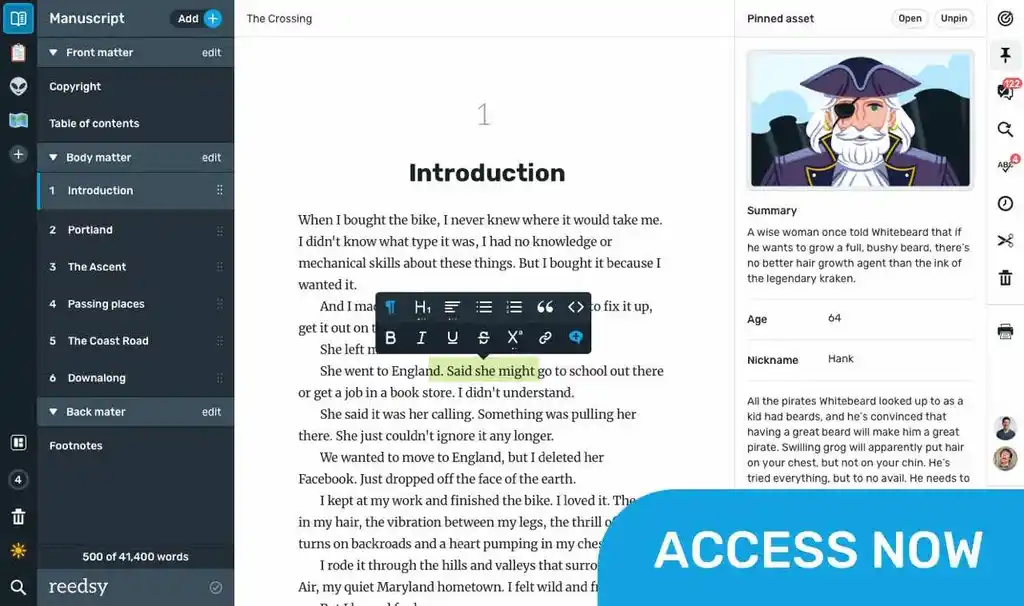


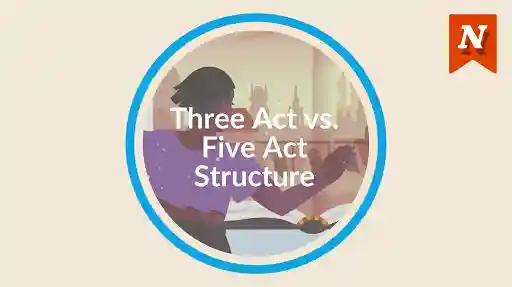
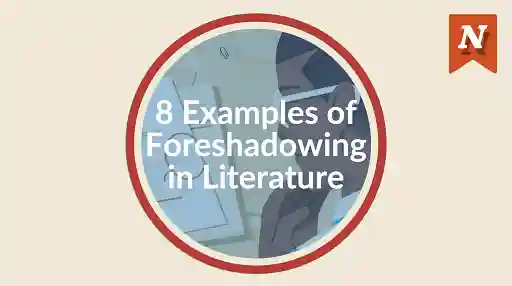

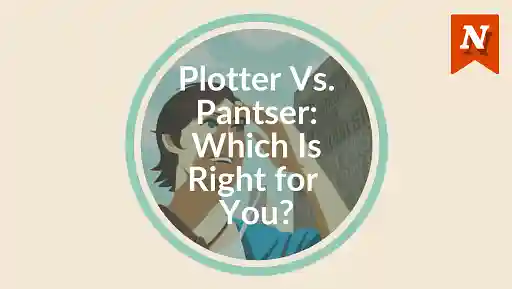
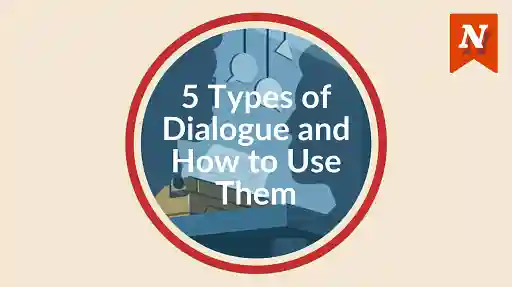


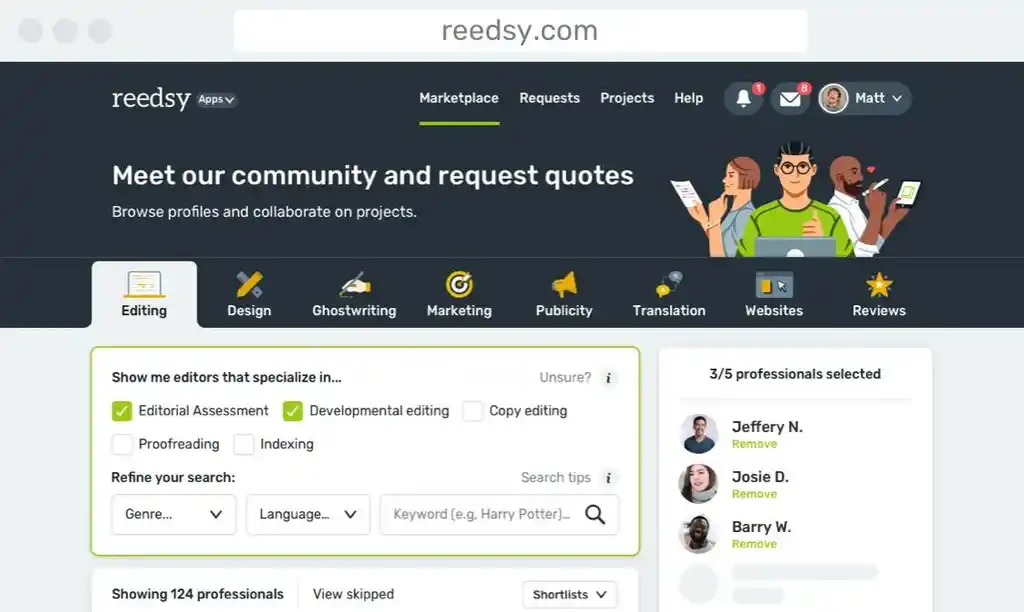
I remember reading something by Samuel R. Delany (it might have been in _On Writing_). He gave good examples of when to start flashbacks and when not to. For example, if you start with a short setup to a scene and then immediately go to a flashback, you might as well just start with the previous scene.
Charles Stanford - Almost 10 years ago
A good pointer, Charles. Thanks for sharing!
Bridget At Now Novel - Almost 10 years ago
In the movie "Bella" they had a flash forward, one of the few flash forwards in movies that I know of. It was a scene where the main character was imagining what would happen if she got an abortion, it worked quite well but it was also very ambiguous.
Emily M. Lembke - Over 9 years ago
Interesting, Emily. I must look out for that movie. It can be quite ambiguous and confusing when the author jumps forward to some imagined place or time.
Bridget At Now Novel - Over 9 years ago
Wow! Amazing info. Thanks for sharing your knowledge, was really useful.
Miguel Lincan - Almost 8 years ago
Thanks, Miguel! Happy you found this useful. Happy New Year!
Bridget At Now Novel - Almost 8 years ago
Hey just wondering is this a good flashback. This is a flashback from a book I am making: Darkstar kicks Shadow Storm back. Lillian runs and throws three Weapons at The Shadow Conqueror. The Shadow Conqueror blocks it. Shadow Storm and Darkstar clash swords. Shadow Storm is seen to be the better fighter. Shadow Storm kicks Darkstar back. Suddenly an explosion sends everyone back. Everyone looks up. It takes everyone including The Shadow Conqueror a moment to realize its Rodan’s greatest hero ever. “Ash Stone?” Asked Shadow Storm. Shadow Storm suddenly has a flash back. It was when he was little. A figure is there. The same figure as now. “Mom? Who is that?” Asked Shadow Storm. His mom looks over. “I need to protect you!” Said the figure. “Never!” Yelled his mother. His mother uses a Weapon and breaks the ceiling. The ceiling falls with a clash on the figure. The figure gets up. Suddenly Lily enters the room. She gets in front of them. Lily is younger and not as wise. “Let me take you! She’s your enemy” said Lily. “Listen here. I can save you from Lily. I am part of Rodan! Lily is planning a war against the Rodan” said the figure. Lily suddenly turns to the figure. “Then I will kill your mother” said the figure. There is a massive explosion from the figure and Lily runs to save them. Shadow Storms flashback ends. Shadow Storm looks horrified. The figure walks from out of the dust. Shadow Storm is in absolute shock. “Oh great. Forgot about this” said The Shadow Conqueror to himself. Shadow Storm takes a few steps back in fear and confusion. Lillian looks around confused as well. She teleports off. “Ash Stone?” Asked Shadow Storm again. The figure is now seen as the dust, and everything clears. Shadow Storm looks in absolute fear. Everyone was silent. No one wanted to speak. Not even The Shadow Conqueror. They just keep looking at each other. The silence that grows around them made them feel off and eerie. “WHO ARE YOU?” Asked Shadow Storm breaking the silence. “The figure from your flashback” said the voice.
James - About 4 years ago
Hi James, a few things could make this stronger: Subtler flashback transitions: Saying 'Shadow Storm suddenly has a flashback' draws the reader's attention to the use of the flashback device. I'd suggest something subtler such as, 'Ash Stone?” Asked Shadow Storm. There was no answer. Everything around him had changed. He was... [further, brief description of the change of location/situation to re-anchor the reader within the flashback]. Stable tense: There are many tense shifts between present and past tense which makes this challenging to read. Since the scene starts in present tense, all events within the same timeline/scene should be in present tense too (so, for example, '“Ash Stone?” asks Shadow Storm). Clarity and pace: In the flashback, a lot of dramatic action and dialogue happens all at once, without much setup of who is where in the scene. Introductions read as though the reader knows who each character is (for example, 'Suddenly Lily enters the room. She gets in front of them. Lily is younger and not as wise'). Who is Lily? Has her identity already been established in the story at this point? What is their relation to the other characters? It is advisable to slow the pace down enough so that conflict makes sense and is properly contextualized. This is just to start, but I would say the highest-level issue is confusing tense and erratic clarity/specificity. Keep going.
Jordan - About 4 years ago
So what do you do if you've got a lot of scenes (like the better part of a novella) that need to be told, but happen to a character the reader doesn't have a reason to care about until several books after they happened?
Wendy - Over 2 years ago
That's a tough one, Wendy. Can you somehow move the action closer, so the character becomes more important earlier on? If the readers don't care upfront this could be really difficult. Can you tell me more?
Arja Salafranca - Over 2 years ago